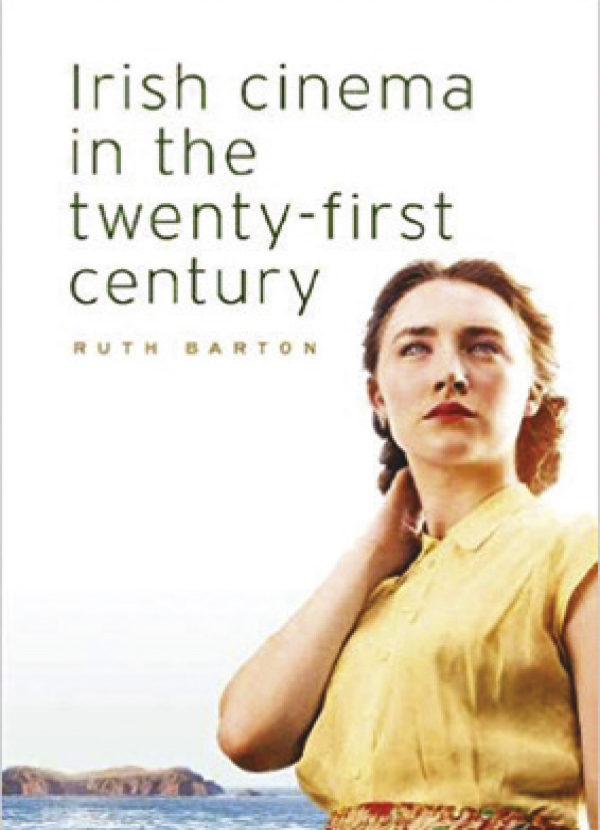
Published by Manchester University Press, 2019, paperback, RRP: €22
By David Prendeville
The latest book from Professor Ruth Barton, of Trinity College, is an extensive look at Irish cinema in the 21st century. It’s broken down into eight chapters and covers Irish animation, horror, documentary, history and trauma, Northern Ireland, rural and small-town Ireland and images of the city.
It gives a fascinating insight into how Irish cinema has both evolved and stayed the same over the years. In her conclusion Barton says that her reason for writing the book was to affirm the idea of a national identity still had relevance in modern Irish cinema. The idea that the advent of co-productions would put paid to such an idea, she finds, to be unfounded.
In her introduction she illustrates the complexity of how co-productions impact on notions of an Irish National Cinema, by using The Lobster as an example. That film was shot in Ireland, produced by Mespil Road-based company Element Pictures and had some Irish actors and crew. However it isn’t explicitly set in Ireland and its director, Yorgos Lanthimos, is Greek
She explores in the book the myriad ways that these modern films – some co-productions – deal with notions of Irishness in their own ways.
Barton starts each chapter of the book with a textual analysis of a short film. Included amongst these are Foxes, directed by Lorcan Finnegan, who recently enjoyed success at Critic’s Week in Cannes with Vivarium, and Martin McDonagh’s Oscar-winning Six Shooter.
It is an interesting and successful tactic by Barton, as it allows her to engage with the highly fecund area of short film-making in Ireland, without having to go into the level of depth that might require another book altogether.
The book is extensive in the breadth of feature films it covers, from low-budget idigenous Irish films such as Once to the aforementioned The Lobster.
The relationship between modern Irish cinema and culture, and the past is fascinatingly illustrated in a chapter in which Barton explores how Irish films in the 21st century tend to grapple with Ireland’s history in an altogether different manner than in earlier periods.
Barton also focusses heavily on the marginalized and under-represented in Irish cinema. She highlights how, despite modernization in lots of ways, modern Irish cinema still restricts women to roles as wives, mothers, etc, giving them little agency of their own. She also highlights how people from ethnic minorities are either ignored or represented problematically. She also points to the fact that gay people have also been very under-represented until recently, with films such as A Date for Mad Mary and Handsome Devil.
This is a rich, insightful book. It is intellectually rigorous but also written in an accessible, clear and concise manner, and is essential for those with an interest in Irish cinema. It will likely stand alongside Barton’s earlier works as a touchstone of Irish film studies.



